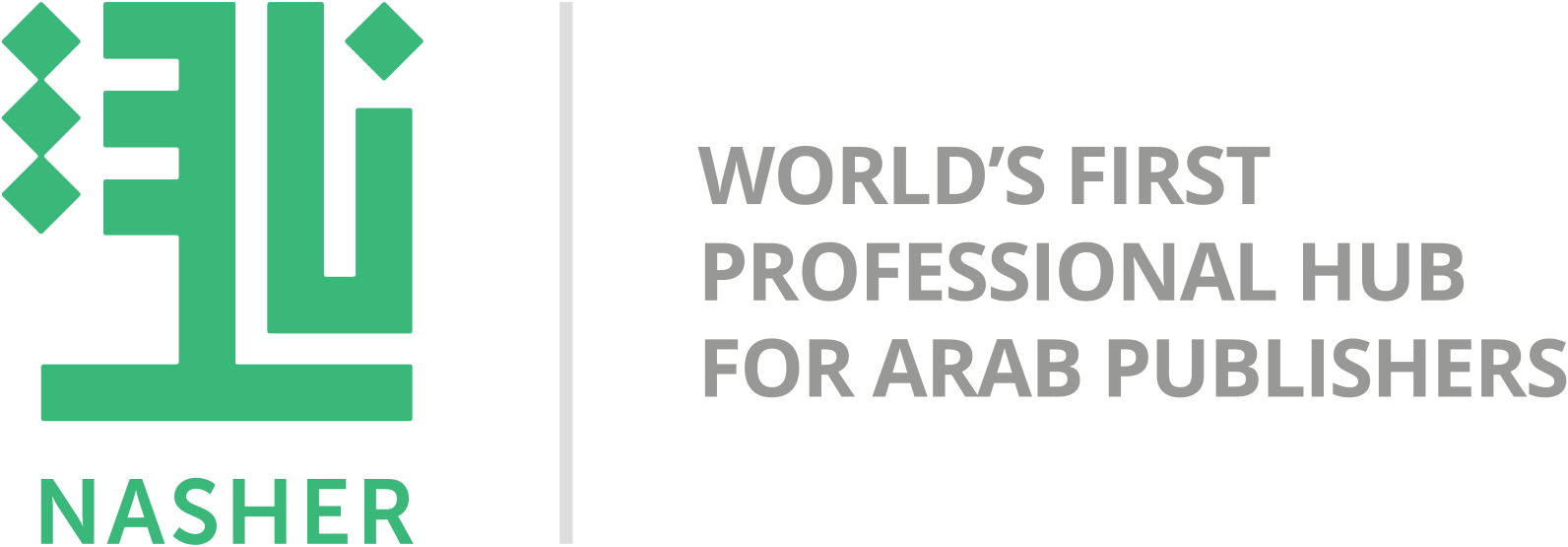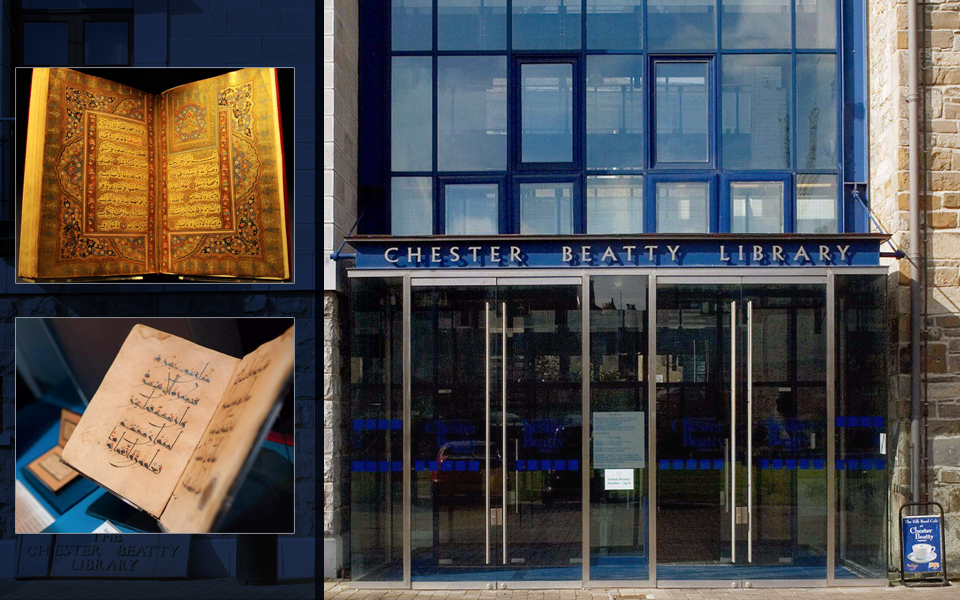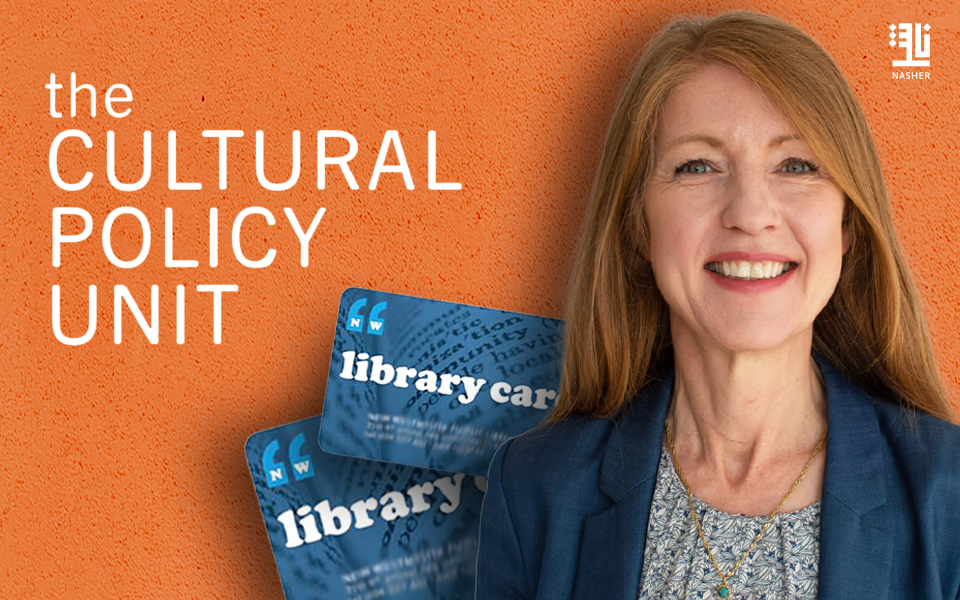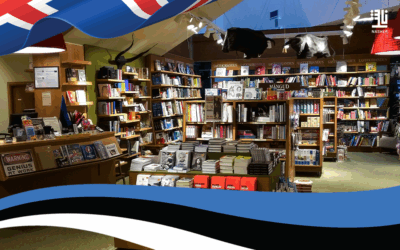“Chester Beatty Library” occupies a unique place in the hearts of manuscripts lovers. The moment you open its glass gate, you find yourself embracing history. Founded by the deceased American manuscripts collector Alfred Chester Beatty (1875-1968) and first opened in 1950 in Dublin, the Library houses dozens of manuscripts that Beatty spent so long to collect. This renders it a destination for the old books and manuscripts’ lovers, students and researchers in the fields of history and human civilizations. The two-floor Library is indeed a treasury for the jewels in the crowns of the Islamic manuscripts that go back to the time span running from the eighth till the early twentieth century.
One visit to “Chester Beatty Library”, which lies at the heart of the historic Dublin Castle Park close to Christ Church Cathedral, is enough to captivate your heart and make you fall in love with the enchanted place. It is truly one of the rather distinctive European and Irish Museums for the rare collections displayed there: some of which belong to the Islamic civilization while others document human cultures. Visitors can further discover in details how books, writing, manuscript decorations, and book-binding were developed. This indeed reflects how much Alfred Chester Beatty was infatuated with collecting manuscripts and rare pieces.
The “Labels” tell us that most of the Islamic manuscripts came from the Arab region, Iran, Turkey and India. It seems that the Library administration was keen to divide these Islamic manuscripts into diverse collections, at the top of which comes “the Quranic Collection”, which includes 265 parts of the Holy Quran. The most remarkable manuscript in this collection is Ibn Al-Bawwab’s who is considered one of the greatest Moslem calligraphers in the Mediaeval. This collection is yet regarded as one of the most important Holy Quran collections found outside the Middle East. On the other side, 2650 Arabic manuscripts covering Jurisprudence, History, Geography, Medicine, Astronomy and Linguistics, are displayed in addition to old Arabic translations for some great ancient Greek works.
Works of Poets
During your tour in the Library, do not miss the 330 Persian manuscripts. These include the works of some poets topped by Al-Ferdausi, AN-nezami, Sa’di, Hafez and Gamee. Such collection does also include photocopies of Al-Muluk (The Kings) book that dates back to 1335 and a partial copy of this book that goes back to the sixteenth century and the Safavid Shah Abbas the Great. It also contains a copy of the Sa’di’s Gulistan which dates back to 1420 and is yet considered the library’s best illuminated manuscript.
The Turkish collection, however, comprises 160 manuscripts. Though extremely important as the Ottoman art reached its peak in the sixteenth Century, it is considered the smallest among the Islamic collections found in the Library. The Indian collection goes back to the Mughal era and is formed of 1000 individual paintings that were produced during the Mughal ruling in India. Such collection is quite unique since it embraces some of the most fascinating production done under the direction of Emperor Jahangir and Shah Jahan.
Not only does the library include Islamic manuscripts, but ancient ones as well. Some traces their origin to the Bible and the Torah. It also displays ancient clothes, the very pens that had been used in writing, as well as coloring and decorating tools. Further, the library plays a video for pilgrimage rituals to give the visitors the chance to get the information they seek.
It is noteworthy that the Library has prepared English indices for all the manuscripts it has, alphabetically ordered Arabic indices for the names of the manuscripts and an index for authors. Researchers, who seek to study the manuscripts, are offered exceptional facilitations at “Chester Beatty Library”.







